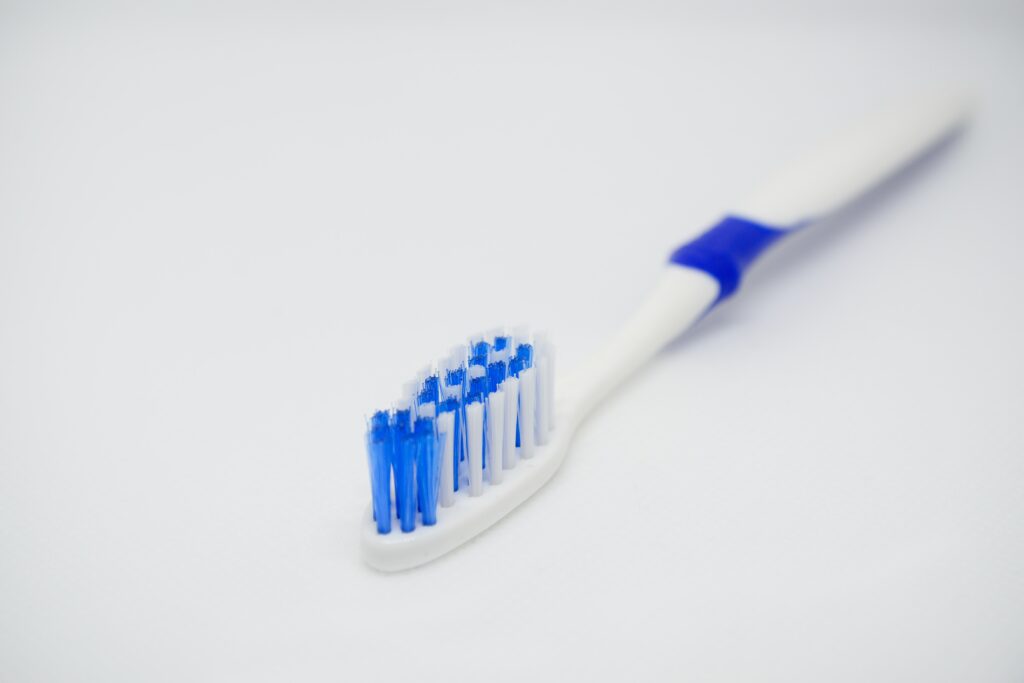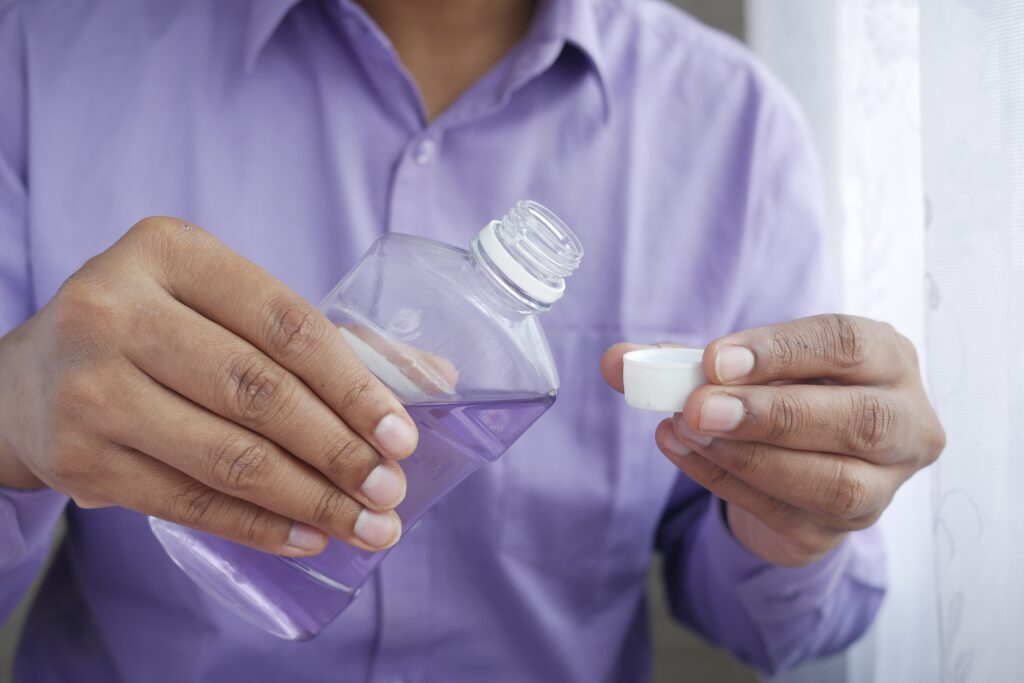Everyone knows that when you buy a new toothbrush, it feels soft and gentle on your teeth. However, after just one week of use, it becomes prickly and uncomfortable to use. This can be quite frustrating as most people will assume their new purchase is defective in some way. However, this reaction is completely normal and is a natural part of the life cycle of your toothbrush. Your toothbrush gets harder because the bristles begin to break down with usage. You see, the bristles are not made from just one material but rather many blended to form a single strand. The presence of different materials results in them reacting differently over time.
Some parts break down faster than others and this is why the outer layer becomes so hard and prickly after just one week of use. The good news is that you don’t need to throw away your old toothbrush and buy a new one if it gets too hard; there are ways you can soften it again so that it feels comfortable once more!

How Do You Know If Your Toothbrush Is Stiff?
If you have been using your toothbrush for a few weeks, you might notice the bristles getting more difficult to push against your teeth. This is a sign that your brush is getting harder. The bristles will have worn down slightly from use, and the gaps between the bristles where the toothpaste is applied will have widened. If you notice this change, your toothbrush may still be usable, but it is important to look out for signs of further wear and tear. If your toothbrush bristles are splayed out or bent, this can be a sign that they are too hard and you should replace the toothbrush. It is recommended that you replace your toothbrush every three months to maintain good oral health.
What Can Be Done About A Stiff Toothbrush?
The easiest way to soften a hard toothbrush is to replace it with a new one. You can also try slowing down the process by using less toothpaste or rinsing your brush with water after brushing to extend the life of the bristles. You can also use a softer bristled brush. Natural bristles are less stiff and harder than synthetic bristles, so you might find that a softer toothbrush is more comfortable to use.
You can also try using a different toothpaste as certain types can make the bristles harder and quicker than others. Another method to soften a hard brush is to soak it in warm water with a little bit of dish soap. This method works by breaking down the chemical bonds in the bristles.

Softening Your Toothbrush With Baking Soda
Baking soda is an ingredient commonly used in toothpaste, and it can also be used to soften a toothbrush. Start by rinsing your toothbrush with water to remove any lingering toothpaste. Then, add a teaspoon of baking soda to a small bowl of warm water. Place your brush into the bowl and leave it to sit for a few hours. After a few hours, rinse the brush with water, and your bristles will be soft and gentle once again!
Softening Your Toothbrush With Mouthwash
Mouthwash is an ingredient commonly used in toothpaste, and it can also be used to soften a toothbrush. Start by rinsing your brush with water to remove any lingering toothpaste. Then, fill a small bowl with mouthwash and place your brush in the bowl. Leave the brush in the mouthwash for a few hours, and it will be soft and gentle once again!

Softening Your Toothbrush With Water And Dish Soap
Dish soap is an ingredient commonly used in toothpaste, so it can also be used to soften a toothbrush. Start by rinsing your toothbrush with water to remove any lingering toothpaste. Then, add a little bit of dish soap to a small bowl of warm water. Place your brush in the bowl, and it will be soft and gentle once again!
Conclusion
Your toothbrush will get harder over time, but don’t worry — there are ways to soften it again. You can replace your brush every three months, use less toothpaste, rinse your brush with water after brushing, or use a softer bristled brush. You can also try soaking your brush in baking soda, mouthwash, or water with dish soap to speed up the softening process!
So there you have it! If you are enjoying our informative blogs, please don’t forget to share it with your family and friends. To read more blogs like this, visit our website.

